Boston is one of the most historic cities in the United States. The city was an important center of the American Revolution and therefore has many historical sites. Freedom Trail is one of the most famous historical sites in Boston. However, there are many more hidden historical sites to be discovered in Boston. These places provide a deeper understanding of Boston's historical past. These include places such as Paul Revere House, Old North Church, USS Constitution Museum, and Boston Tea Party Ships & Museum. These places offer visitors the opportunity to learn more about Boston's history. Because there are many more hidden historical sites to be discovered in Boston, the city is visited by thousands of tourists every year.
Go Beyond the Freedom Trail to Discover Boston's Historic Sites
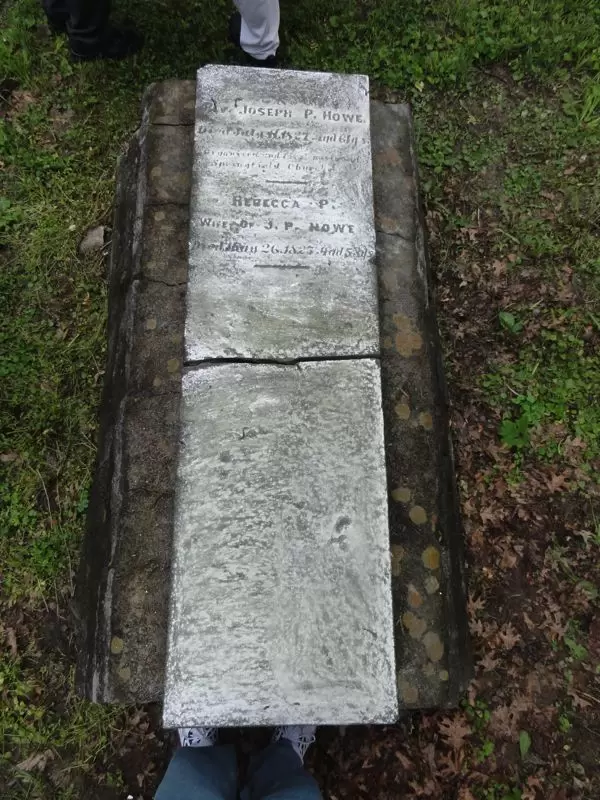
Boston is one of the oldest cities in the United States. The city played an important role during the American Revolution and therefore has many historical sites. The Freedom Trail is one of the most popular tourist attractions in Boston and allows visitors to explore the city's historical sites. However, there are many more historical sites to discover in Boston.
Boston Common is the city's oldest park and was established in 1634. The park is a great place to walk, have a picnic, and relax. Additionally, Frog Pond, located within the park, is a popular spot for ice skating in the winter.
The Boston Public Library is the first large public library in the United States. The library was established in 1848 and is an important part of the city's cultural heritage. The library is free for visitors and contains many historical artifacts and rare books.
Faneuil Hall is one of the most famous historical buildings in Boston. The building was constructed in 1742 and was an important meeting place during the American Revolution. Today, Faneuil Hall is a shopping center with many stores, restaurants, and bars.
There are many more historical sites to discover in Boston, including the USS Constitution Museum, Paul Revere House, Old North Church, and Boston Tea Party Ships & Museum. These sites are a great option for visitors who want to explore Boston's historical and cultural heritage.
In conclusion, the Freedom Trail is a great starting point for exploring Boston's historical sites. However, there are many more historical sites to discover in the city. Places like Boston Common, Boston Public Library, and Faneuil Hall allow visitors to explore the city's historical and cultural heritage. Since there are many more historical sites to discover in Boston, visitors are recommended to spend more time in the city.
The Most Secret Historical Places to Visit in Boston: What's Behind the Freedom Trail?
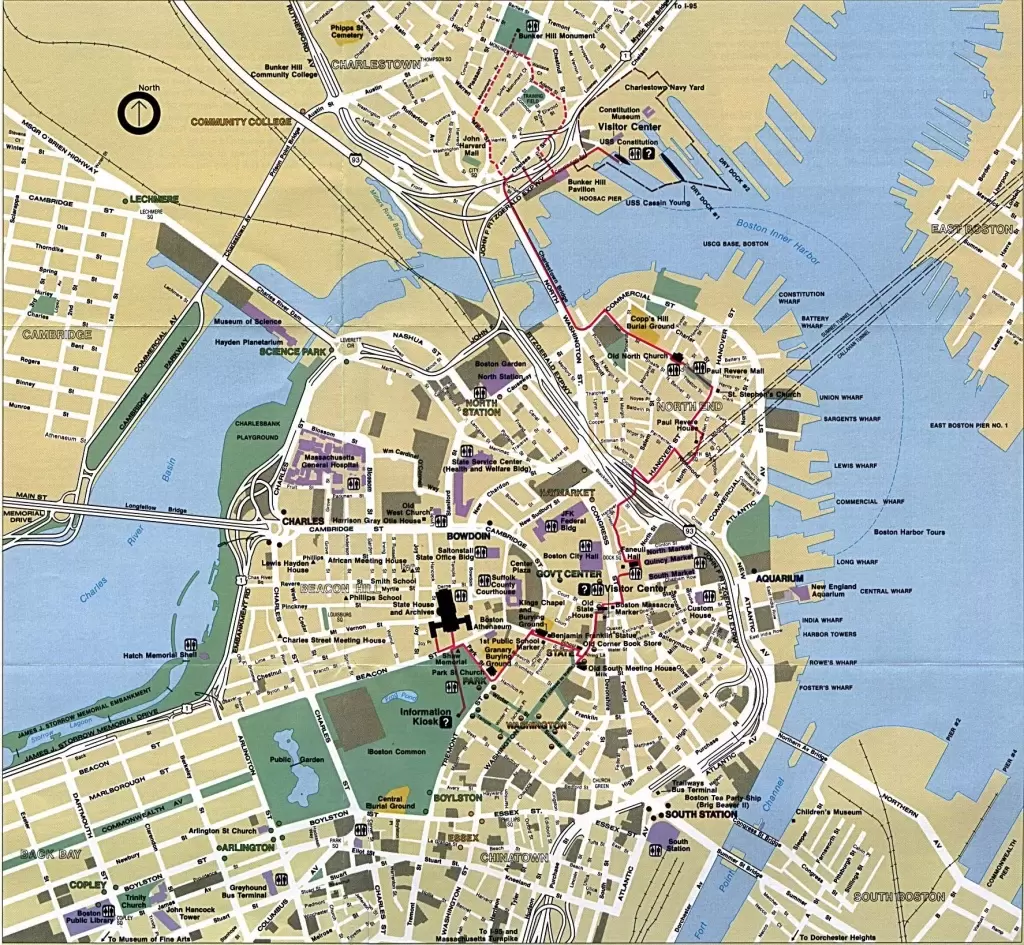
Boston is one of the oldest cities in the United States. The city was an important center during the American Revolution and is therefore full of historical sites. The Freedom Trail is one of the most popular historical sites to visit in Boston. However, the historical sites in the city are not limited to the Freedom Trail. Discovering the most hidden historical sites to visit in Boston will allow you to learn more about the city's history.
One of the most hidden historical sites to visit in Boston is the Paul Revere House. This house was used by Paul Revere during the American Revolution. The house was built in the 17th century and is now open to the public. Visitors can see the original furniture and decoration inside the house.
Another hidden historical site to visit in Boston is the Old North Church. This church played an important role during the American Revolution. The church was built in 1723 and is now open to the public. Visitors can see the original furniture and decoration inside the church.
Another hidden historical site to visit in Boston is the Granary Burying Ground. This cemetery is where important people were buried during the American Revolution. The cemetery was built in 1660 and is now open to the public. Visitors can see the graves of important people buried in the cemetery.
Discovering the most hidden historical sites to visit in Boston will allow you to learn more about the city's history. These sites will help you explore the historical richness behind the Freedom Trail. Boston is an important part of American history and these hidden historical sites will allow you to learn more about the city's history.
The most interesting historical places in Boston that are outside of the Freedom Trail
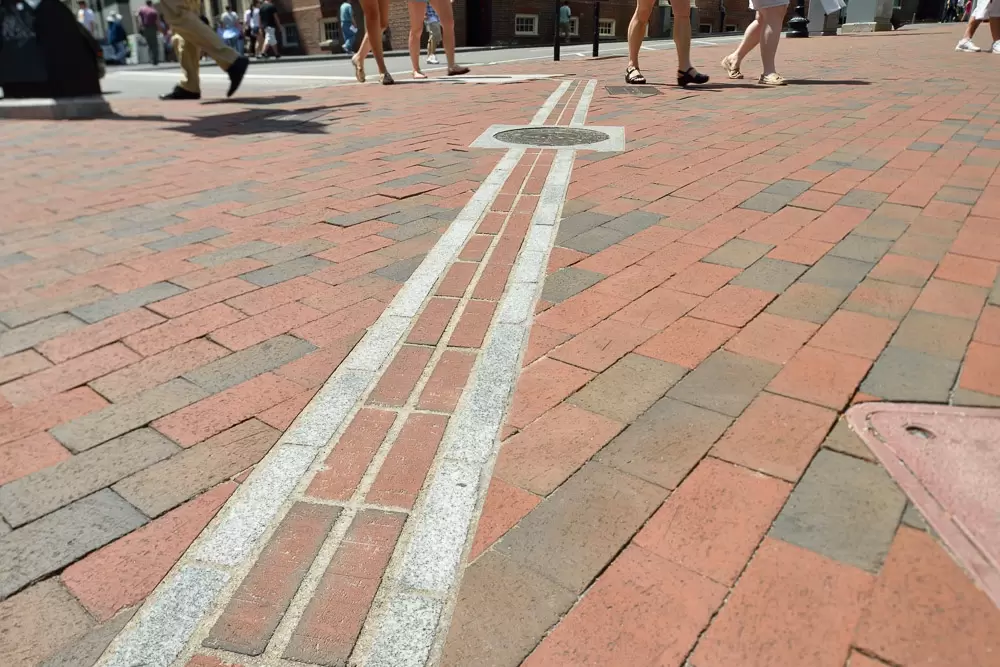
Boston is one of the oldest cities in the United States. The Freedom Trail is a walking route that brings together the city's most famous historical sites. However, there are many interesting historical sites in Boston that are outside of the Freedom Trail.
Boston Common is the city's oldest park and was established in 1634. The park was used as a military camp during the American Revolutionary War. Today, Boston Common is a popular place for picnics, walks, and relaxation.
Faneuil Hall is one of Boston's most famous historical buildings. The building, built in 1742, was used as an important meeting place during the American Revolutionary War. Today, Faneuil Hall serves as a restaurant, shopping, and tourist market.
Old North Church is one of Boston's oldest churches and played an important role during the American Revolutionary War. In 1775, two lanterns hanging in the church were used by Paul Revere to warn the American army of the approaching British, preparing them for battles in Lexington and Concord.
The Boston Public Library is the first large public library in the United States. Established in 1848, the library has over 23 million books, magazines, and other materials. The library also houses many historical documents and rare book collections.
In conclusion, Boston is a city full of historical sites, and there are many interesting historical sites outside of the Freedom Trail. Boston Common, Faneuil Hall, Old North Church, and the Boston Public Library are just a few of the city's most important historical sites. These places are a must-see for anyone interested in exploring Boston's rich history.
Break the Boundaries of Historical Places in Boston: The Hidden Treasure Behind the Freedom Trail
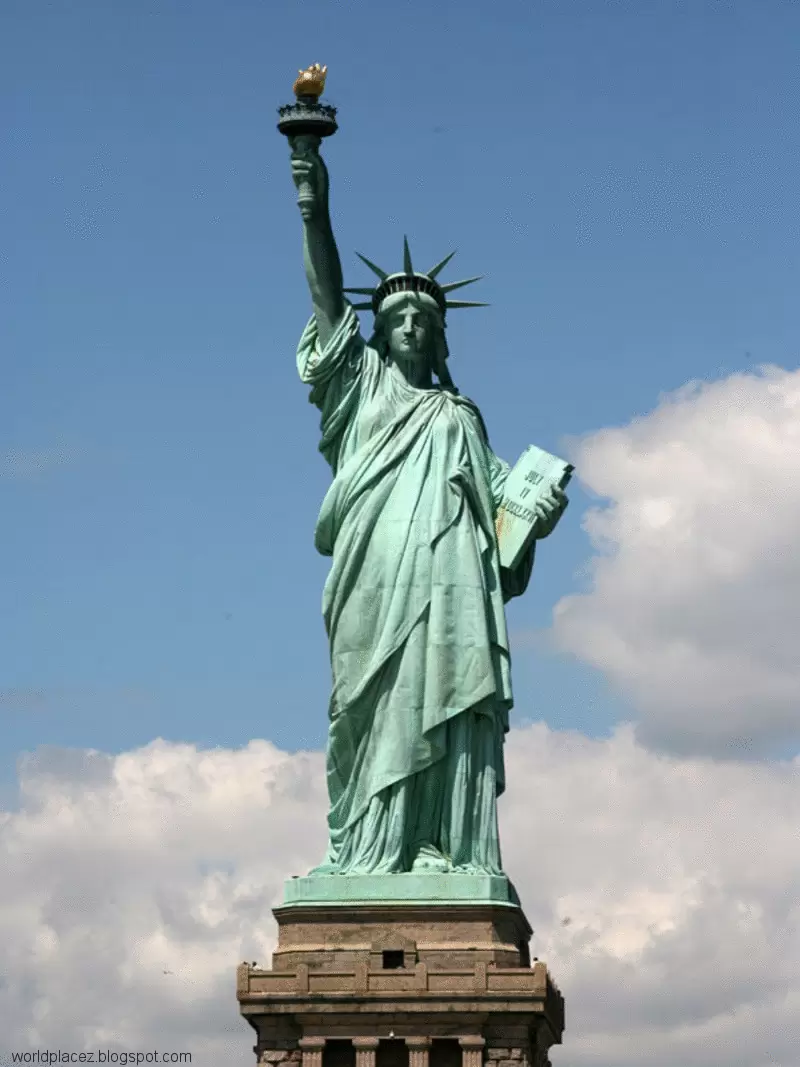
Boston is one of the oldest cities in the United States. The city played an important role during the American Revolution and therefore has many historical sites. The most famous of these sites is the Freedom Trail.
The Freedom Trail is a 2.5-mile walking trail in Boston that brings together places that played an important role during the American Revolution. The trail starts at Boston Common and continues to Bunker Hill Monument.
However, behind the Freedom Trail, there are many hidden treasures that go beyond the boundaries of Boston's historical sites. These places are great opportunities for visitors to discover and preserve Boston's historical texture.
One of these treasures is the Boston Public Library. This library is one of the oldest libraries in the United States and was built in the 19th century. The library fascinates visitors with its magnificent architecture and rich collection.
Another hidden treasure is the Boston Symphony Orchestra. This orchestra is one of the best orchestras in the world and has an important place in Boston's music history. The orchestra's concerts are an experience not to be missed for music lovers.
In addition, Boston is also home to a historic ship called the USS Constitution. This ship was used during the American Revolution and still sails the seas today. The ship allows visitors to embark on a historic journey.
Boston is a city famous for its historical sites, and the Freedom Trail offers a great opportunity to explore these sites. However, behind the Freedom Trail, there are many hidden treasures that preserve Boston's historical and cultural heritage. Discovering these places is a great way to better understand Boston's history and cultural legacy.
Beyond the Freedom Trail: Boston's Least Known Historical Sites
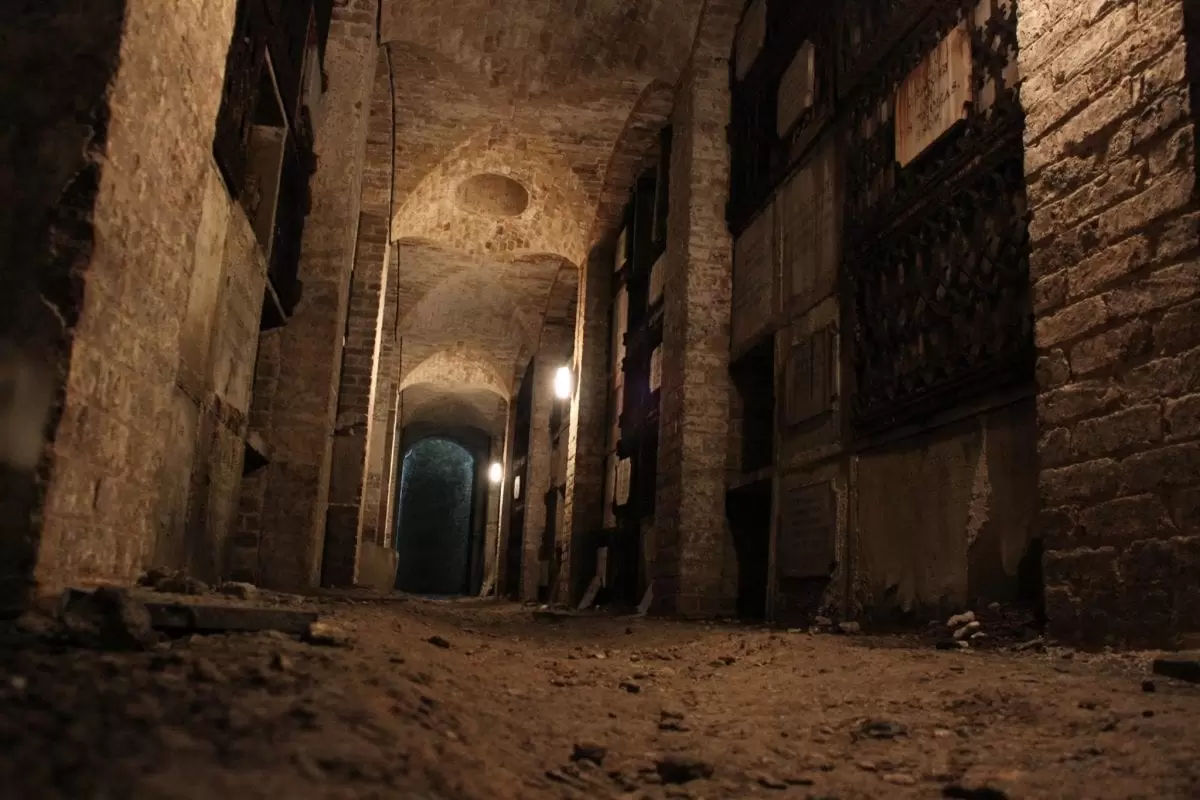
Boston is one of the most historic cities in the United States. Freedom Trail is one of the most well-known historical sites in Boston. However, there are many other historical sites beyond Freedom Trail in Boston. These places are a great option for those who want to explore Boston's historical and cultural heritage.
One of the least known historical sites in Boston is the Paul Revere House. This house was used by Paul Revere during the American Revolution. Today, the house is used as a museum and visitors can see the original items and furniture inside the house.
Another historical site is the USS Constitution Museum. This museum tells the history of the USS Constitution, the oldest warship in the United States. In the museum, you can learn about the ship's history and the life of its crew.
Another historical site in Boston is the Granary Burying Ground. This cemetery is where many famous people were buried during the American Revolution. The graves of famous names such as John Hancock, Samuel Adams, and Paul Revere can be found in the cemetery.
Finally, another historical site in Boston is the Old North Church. This church played an important role during the American Revolution. Paul Revere informed the British attack on Boston by ringing the bells of the church. Today, the church is still used for services and visitors can explore the church's history and architecture.
Boston is a city full of historical and cultural heritage. Beyond Freedom Trail, there are many historical sites. These places are a great option for those who want to explore Boston's history and culture.

Comments